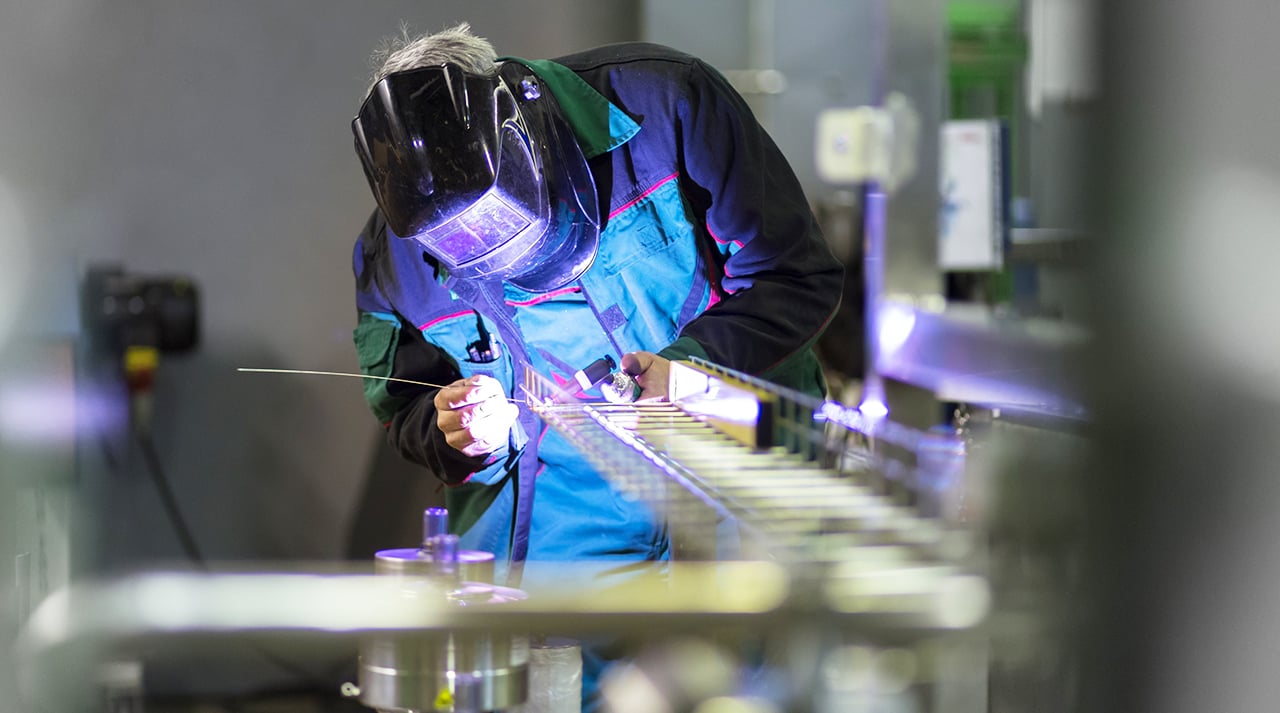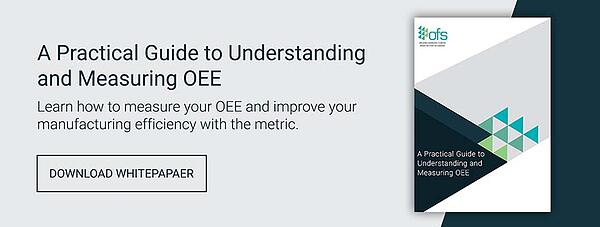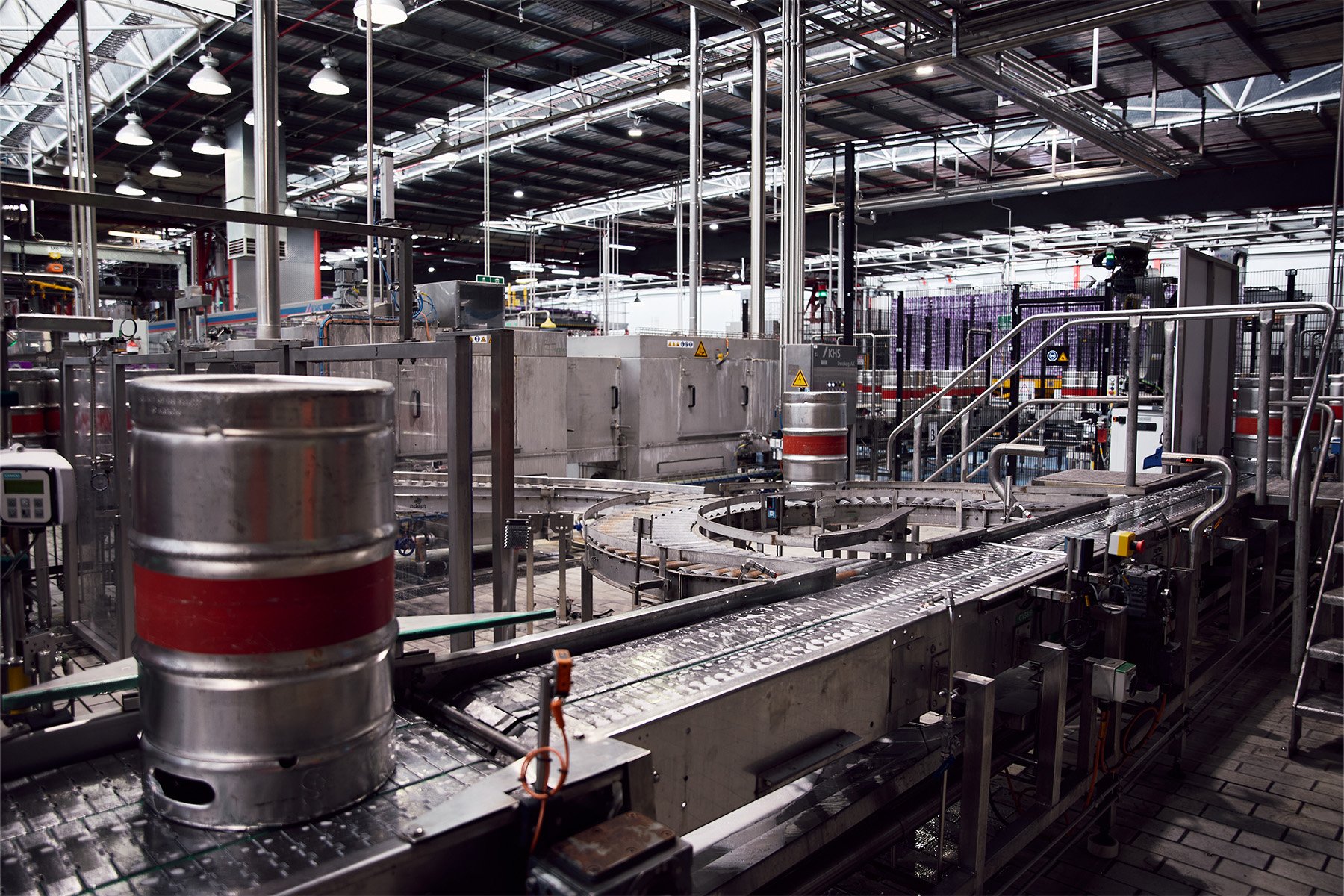There’s a lot of talk about Industrial Internet of Things (IIoT). But how do manufacturers turn the buzzword into a real business advantage? By using the data-based technology to improve asset utilisation.
Together with Industry 4.0, the concept of IIoT has been around for some years now. IIoT refers to the billions of industrial devices that use sensors and wireless network connections to collect and share data.
Many manufacturers are aware the collection of data is critical to improving operations, but they may not be sure exactly how IIoT can help their business’s bottom line.
The answer lies in how you use this data to improve asset utilisation.
IIoT adds value by collecting data from sensors attached to the physical assets of your plant, feeding this data into software where analytics can drive actionable insights. This enables faster and better decision-making around how you use your equipment, and ultimately drive manufacturing productivity and profitability.
So, where do you start?
Here are some actionable steps you can take to improve asset utilisation with IIoT
Measure OEE
The first step to improving asset utilisation is to understand precisely how effective your equipment is. Start by calculating Overall Equipment Effectiveness (OEE) — more on how to do this below.
One of the essential manufacturing metrics, OEE helps to identify, reduce or even eliminate the six big losses of total production management. These are the most common causes of equipment-based productivity loss in manufacturing, such as breakdowns and failures, set-up and changeover times, and process defects.
The OEE metric directly contributes to your bottom line by helping you ascertain whether equipment is performing at peak availability, performance and quality. You can then use the information to focus improvement efforts in precisely the right place to drive the highest OEE and improve asset utilisation.
How to calculate OEE:
OEE = Availability x Performance x Quality
- Availability = run time/total time
- Performance = total count of parts/target count
- Quality = good count/total count
The good news is you don’t need to collect all the data manually; IIoT lets you automate OEE data capture using control systems, sensors and connected devices.
A real-world example:
OFS has real-time productivity monitoring software which tracks downtime and OEE, enabling manufacturers to analyse asset performance and identify their key production constraints.
Visy Thailand installed OFS to standardise and automate production efficiency data collection. Since implementing the software solution, Visy Thailand have seen consistent OEE improvement across all production lines and improved asset uptime.
Use IIoT for predictive maintenance
The failure of a single piece of equipment can bring an entire production line to a grinding halt. For every hour that production is stopped, hundreds of thousands of dollars may be at risk. Production hold-ups can lead to unfulfilled contracts, frustrated customers, upheaval in your supply chains and lost profits.
At the same time, equipment is becoming more complex and it’s not always obvious when the best time is to perform maintenance checks and repairs.
But what if you could use data from IIot devices to predict when your assets need maintenance?
As the next step beyond preventive maintenance, predictive maintenance uses installed or embedded devices to collect data about a machine’s actual health and performance, such as temperature, pressure, and vibration frequency. Once collected, the data is combined with metadata (such as the machine’s model, operational settings and configuration), equipment usage history, maintenance data and more. This combined data is then analysed and run through machine learning algorithms to identify any abnormal patterns that could lead to machine failures. That’s the “predictive” part.
Once a potential failure is identified, the relevant people on the shop floor receive notifications which prompt maintenance action – enabling manufacturers to be more proactive, and less reactive.
This model not only predicts what needs to be done, but also when it can or should be done. For example, depending on the equipment, minor adjustments can be automated during run time until a full repair can be made during the next scheduled downtime. Or repairs can be performed when maintenance or tech involvement is most cost-effective, such as during changeovers.
When applied at scale, this can result in considerable savings, increased efficiencies and a longer useful life for equipment.
Use IIoT to reduce CapEx
Are you thinking more equipment is required for yielding greater volume? Asset utilisation data from IIoT devices can help you to do more with what you’ve got and save on future capital expenditure.
Think of it this way – every piece of equipment in your manufacturing company is an investment. To achieve the maximum return on investment, you need to make full use of the capacity of equipment, while extending its useful life.
One way to do this is by using IIoT devices to calculate OEE Utilisation (OEEu). This reports the bottom-line utilisation of assets. Using data analytics, you can then see where and how to make changes to get the best performance from machinery. It also reveals whether or not to free up money frozen in excess assets or invest in additional equipment.
As asset efficiency improves, CapEx is reduced. This gives you more budget flexibility to solve problems and open innovation in new ways.
Drive better productivity and performance
Use asset utilisation data to extend equipment performance even further. Collecting the right data from machines helps you establish patterns and trends, so you can identify usage behaviour and settings for the highest throughput at the lowest cost.
Most importantly, it helps you keep closer than ever control over equipment performance and process. With IIoT providing data and insights into how equipment is operating, operators can also be more productive as they are spending less time trouble-shooting problems as they arise.
A real-world example:
nudie Foods uses the insights captured by OFS to quickly identify poor performing assets and make them a priority for continuous improvement plans. This has dramatically improved production performance, reduced overtime for employees and in turn reduced operational costs for the business.
Improving asset utilisation for your company's bottom line
The way the physical assets of a manufacturing plant are used is among the most critical factors affecting your company’s profitability. Every other aspect of your operations can be tuned to perfection, but over-capacity, equipment shortages and unplanned downtime will always send your numbers in the wrong direction.
Done right, data from IIoT devices can lead to insights that can help you improve asset utilisation and explore all the untapped potential for improved quality, cost and productivity.
About the author:
Simon Gray is the ANZ sales director of OFS, a company that strives to provide manufacturers with real-time visibility and valuable insights across their operations – so they can make better and faster decisions. Working in the manufacturing industry for over 20 years, Simon has an array of knowledge and experience helping manufacturers drive continuous improvement and sustained operational excellence.






